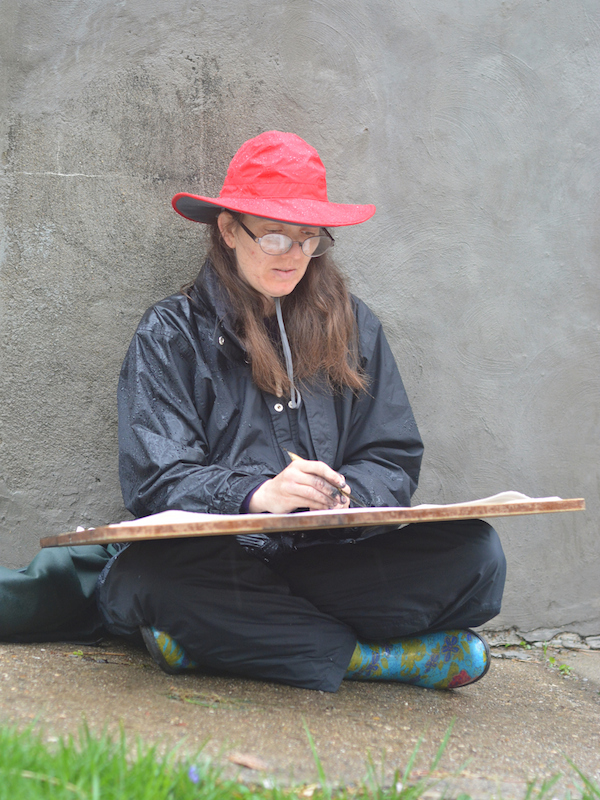Our friends raised this adorable puppy for Leader Dogs
January 10, 2015 • 16 Comments • Posted in blindness, Blogroll, guest blog, guide dogs, Uncategorized, writingWhen our friend Mary Ivory told me early last year that she and her husband were going to volunteer to raise a puppy for Leader Dogs for the Blind, I asked if she’d be willing to write a blog post about the experience. Mary is a clinical professional counselor, social worker, life coach, and co-author of Parenting by Strengths: A Parent’s Guide for Challenging Situations — she’s a busy woman, but she said yes to my offer right away, feeling sure she’d find the time to write.
And then, the puppy arrived.
Mike and Mary live on the 12th floor of our apartment building. Imagine how many trips they took up and down the elevator for house training – and that was just the beginning! Mary explains it all in this lovely guest post.
Puppy raising: it changes the street life
By Mary Ivory
My laid-back husband Mike came home one day in early November sounding defeated. “I just walked up the street and no one said ‘Hi’ to me!” We’d been living with Ananda, a female Black Labrador Retriever for ten months, and we’d just returned her to Leader Dogs for the Blind in Rochester Hills, Mich., two weeks earlier. Mike had forgotten what urban life without a puppy is like.
We live in a very friendly and close knit neighborhood, but it’s still the big city. Everyone is in a hurry and distracted with their own lives, but you have to slow down when you are walking a puppy, and when others see you with the puppy, they often slow down, smile and say hello, too.
Watching and knowing what a dog can do for a person’s quality of life is a bit of happy mystery. Watching and knowing what a trained service animal can do for a person who needs assistance is the mystery turned into a real miracle. I have always had animals in my life, and as life would happen, I found myself with time and energy to volunteer to raise a puppy for Leader Dogs. Lucky for me, Mike was agreeable to this adventure.
As the job title implies, puppy raisers are charged with creating an environment and focusing on skills to help a puppy become a candidate for a career as a leader — a guide dog for a blind or visually impaired person.
Puppy raising is about nurturing a calm and focused dog to prepare them for the actual skill training that takes place after they are returned. For the first months of life after they leave the litter they live in homes to learn such skills as becoming house broken, yes that means going outside hourly when awake when they are very small. Yes, that means even in the winter of the polar vortex you go for a walk. You also are taught how to teach calm walking on a leash, not easy when your pup is sweet and just full of friendly wiggles and licks, and the other ‘basics’ like sit, stay, come, no, heal, down……oh yes and ‘drop it’ or ‘leave it’ as she snuck a sock from the dirty clothes or found a stray chicken bone on the street.
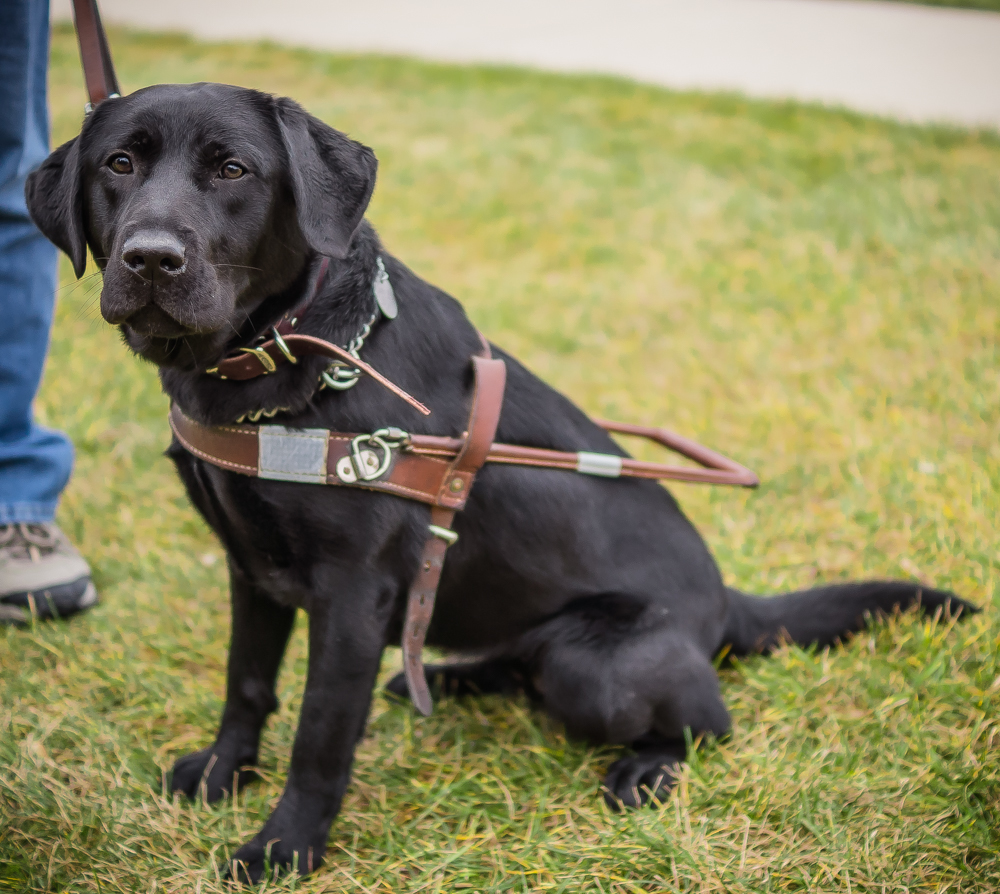
Everybody say “thank you” to Mary, Mike and all the puppy raisers for all the schools. It’s a tremendous and generous effort.
And all of this happens during all hours of the day, which means you walk down the street a lot. It’s a busy but fun time — strangers snap out of a distracted or grumpy state to talk about the dog, and people seemingly down on their luck rise up to chat about and pet a friendly puppy.
That mystery of connection with animals and people is powerful and amazing to me. My busy city street transformed into a small town lane during the ten months Ananda was living with us. And yes, it was hard to take her back to her career home. Ananda, which means joy or bliss in Sanskrit, was an intense and wonderful presence in our lives.
Today I got an email from the Puppy Development Department at Leader Dogs with this picture telling us she is progressing in her career training. We miss her but are so happy we had this chance to be a part of this great big task, and who knows? We may do it again. Next time, though, we’ll sign up when the dog doesn’t need hourly walks in deep freeze weather.
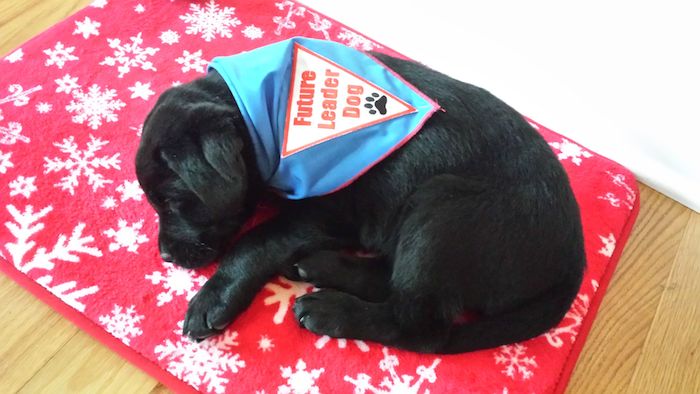
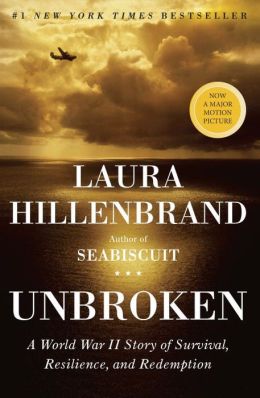
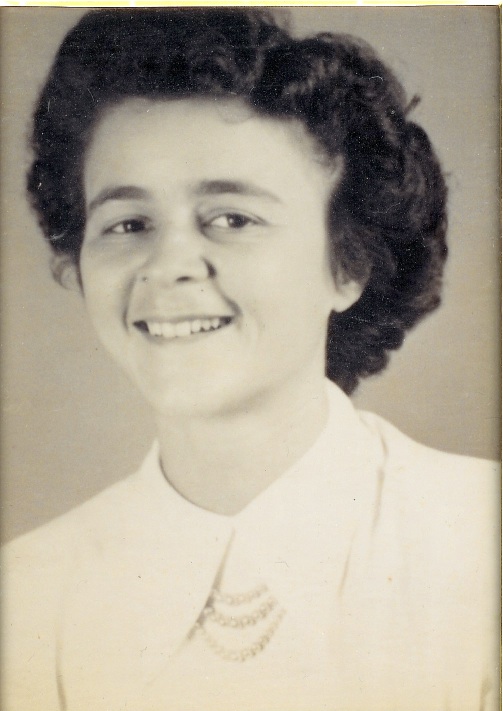

 donated thousands of dollars to Seedlings.
donated thousands of dollars to Seedlings.